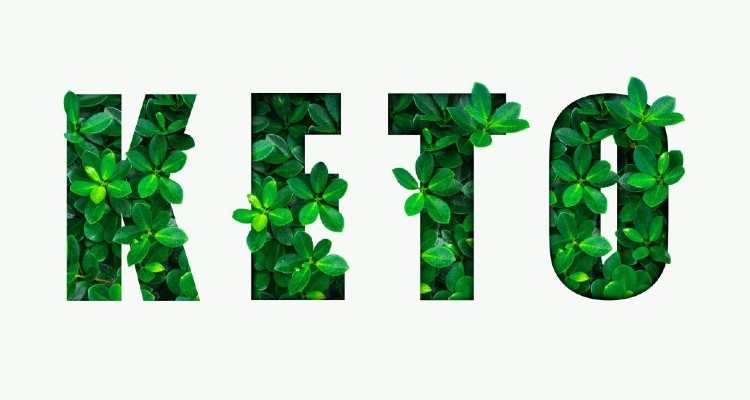
The keto diet has appeared in written human history since the 1800s, and like other diets that have gained mainstream popularity, this one comes with a list of what foods to eat and what foods to avoid.
The keto diet isn’t entirely unlike the paleo diet, the Atkins diet, or the Hamptons diet. Each of these involves carbohydrate restriction and high-protein foods. However, the keto diet has a specific physiological goal that when achieved causes the body to change the way it burns fuel. To execute the keto diet correctly, you need to get your carbs down to 20 grams a day or less. When starting a new diet, it’s important to understand why the diet works, how to prepare the body for it, and how to safely and effectively adapt to its rules.
Ketosis
The keto diet starts working when the body reaches ketosis. Ketosis is the heightened state the body enters when carbs are restricted—and restriction is sustained—for a certain amount of time. Once the body reaches this state, which happens after several days of limiting carbs to 20 grams a day or less, it stops burning sugar for energy and starts burning fat/ketone bodies for energy instead.
In addition to weight loss, cutting the sugars and carbohydrates from the diet can decrease your risk for diabetes and heart disease, so it’s a great diet for people who are obese or at risk for insulin-related and metabolic disorders. The keto diet is also safe to stay on for years. There’s no cycling through stages or plateau phases to worry about.
Artificial ketones are available over the counter to help boost ketosis, but they’re not necessary. You can also purchase keto test strips, which involve a daily, simple urine test that tells you whether or not your body is in ketosis or close to being in ketosis.


High Ketogenic Foods
The premise behind ketogenic food selections is eating proteins with a high-fat content to get the body to stop using sugars as its fuel. Some foods have a higher ketogenic quotient than others. Avocados, fatty fish or meats, and healthy oils (like avocado, coconut, and macadamia nut oils) are all excellent choices for the keto diet. Most meats or anything with protein, such as eggs, chicken, poultry, seafood, and many vegetables will work for the keto diet. Leafy greens like arugula and spinach, butter, nuts, and seeds are good choices. Moderate amounts of high-fat dairy products like hard cheeses, Greek yogurt, and cottage cheese are acceptable foods, but you should avoid low-fat dairy products because they usually contain high amounts of sugar. Instead, opt for low-sugar fruits like blackberries, raspberries, and blueberries, and only in small amounts.
Keep in mind that not all vegetables are created equally. For the keto diet, you should avoid veggies that may have a lot of carbs in them, such as root vegetables like potatoes and carrots and winter vegetables like squashes. The rule of thumb for keto is above-ground plants only, but large quantities of cabbage, broccoli, and cauliflower can contain too many carbs for the keto diet—so just watch how much of these you consume.
Coffee, tea, water, and broths are all good drinks for this diet. If you must add something to your coffee, use a little milk or cream, but skip the sugar.
As with diet fads of the past, such as low-fat and low-carb diets, food retailers are capitalizing on the keto diet by creating keto-friendly products. You’ll see them in grocery stores and even on Amazon. But with the keto diet, making the right food choices is all you need to reach ketosis.
Jump Start the Keto Diet
Some changes that can gradually ease you into the keto diet are simple. Eliminating sugar from the diet is a great first step. You can start by cutting out beverages that have sugar added to them. Then, cut desserts. Cut the sugar from your coffee. After a few days, your body will readjust, and you won’t crave sweets.
After you cut the sugar, start eliminating carbohydrates. Start with the easy ones such as white bread and white pasta, then transition to no bread, no pasta, and no rice.
The keto diet is a safe way to change how the body burns fuel. Keto food guidelines are straightforward and easily accessible. There’s no special food prep. As with other diets, lifestyle and exercise always help. With keto, you can start small and ease your body into ketosis by cutting sugar, and then gradually cutting carbs. Once you reach ketosis, which can happen in as little as a week or less, it’s safe to stay eating this way for as long as you want. Cheat days for special occasions won’t throw you completely off. You can get right back in ketosis in a couple of days.
Dr. Fred Pescatore is one of the most sought-after natural physicians in the United States. You can find more from him at his website.




















